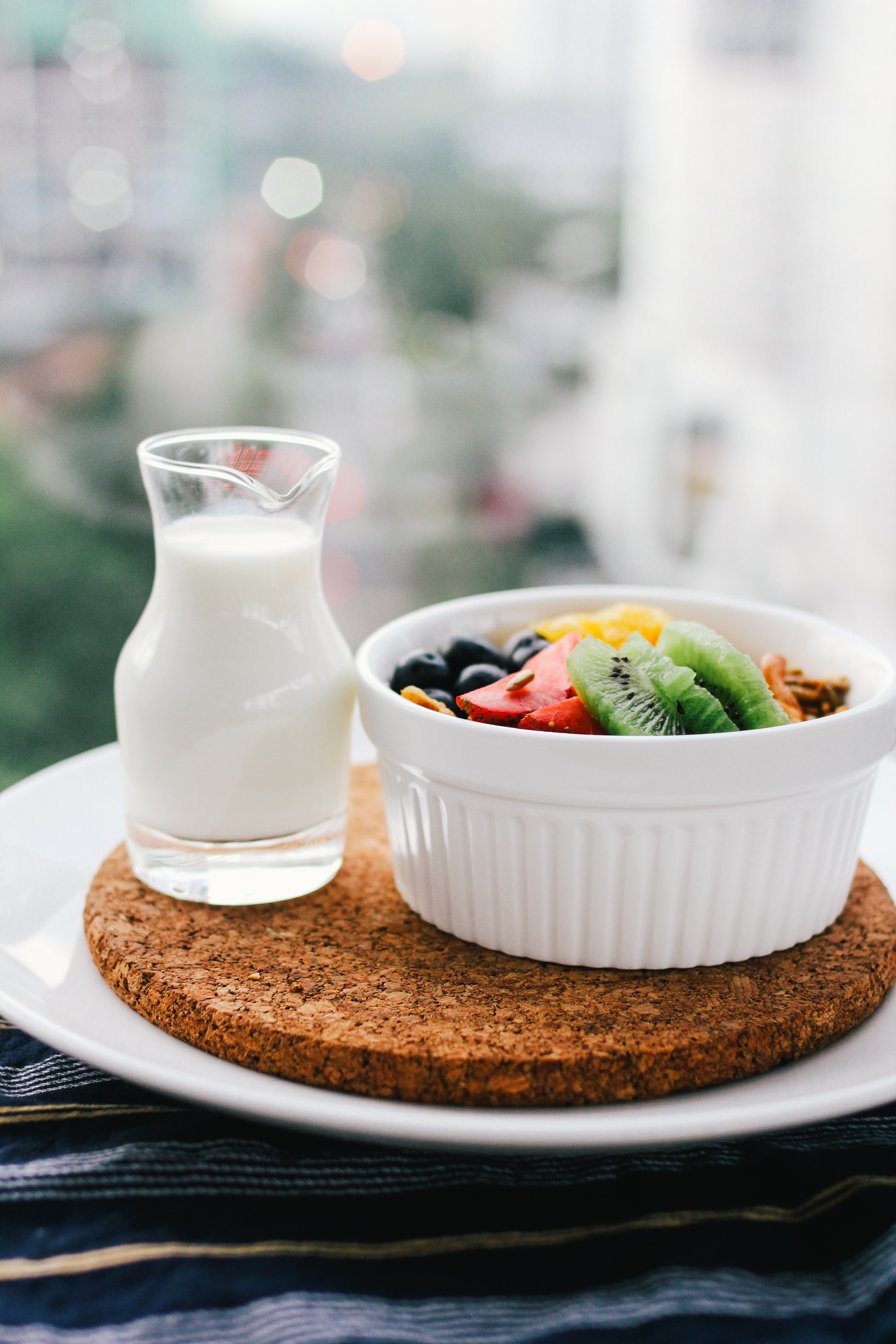To introduce today’s topic, I want to play a game of Guess Who…
I’ll give you three clues. First clue: I am white and strong. Second clue: sometimes I get weaker with age, but not with use. And the final clue is: I love sunlight! Any guesses? If you guessed the star of the show is our incredible bone structure, you are right!
Bone health is something we all know to be important, but have a hard time ensuring quality or strength unless a scan is performed. Our bone mass increases from childhood until our early 20’s, when peak bone mass (PBM) is reached. PBM is the greatest amount of bone mass you can achieve throughout a lifetime. The higher PBM developed at a young age, the lower the risk of developing osteoporosis later in life. After PBM has been reached, our focus shifts from increasing our body’s bone mass to maintaining bone density as we age.
Lifestyle habits that might contribute to osteoporosis include excessive alcohol intake, smoking, sedentary lifestyle, poor eating habits, low fruit and vegetable consumption, and low calcium consumption or vitamin D exposure. Researchers have seen that two of the most powerful lifestyle preventions we can control are participation in physical activity and consuming adequate daily calcium. According to the National Osteoporosis Foundation, both muscle building and weight bearing exercise improve bone density. Below are a few examples of each:
| High-Intensity Weight Bearing Exercises | Low-Intensity Weight Bearing Exercises | Muscle Strengthening Exercises |
| · Dancing · Hiking · Tennis |
· Fast walking · Stair step machines · Low impact aerobics |
· Lift your own body weight · Weight machines or free weights · Exercise Bands |
For a full list of muscle building or weight bearing exercises click here.
Along with regular physical activity, dietary intake of calcium rich foods should also be incorporated on a daily basis. Excellent sources include black beans, Greek yogurt, canned salmon or sardines (with bones) and collard greens. For a larger list of options, click here. Daily calcium needs are dependent on age and gender; click here to find your dietary recommendations.
Incorporating healthy lifestyle habits will promote better bone health. No matter what age or quality of bone health you have, it is never too late to make changes. Do not allow yourself to fall into the thinking of growing older means growing sicker. Take charge of your health; commit to making one small change and before you know it you will have developed new bone strengthening habits!





Leave A Comment